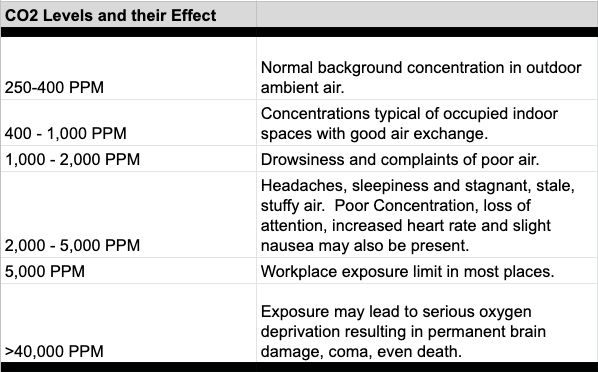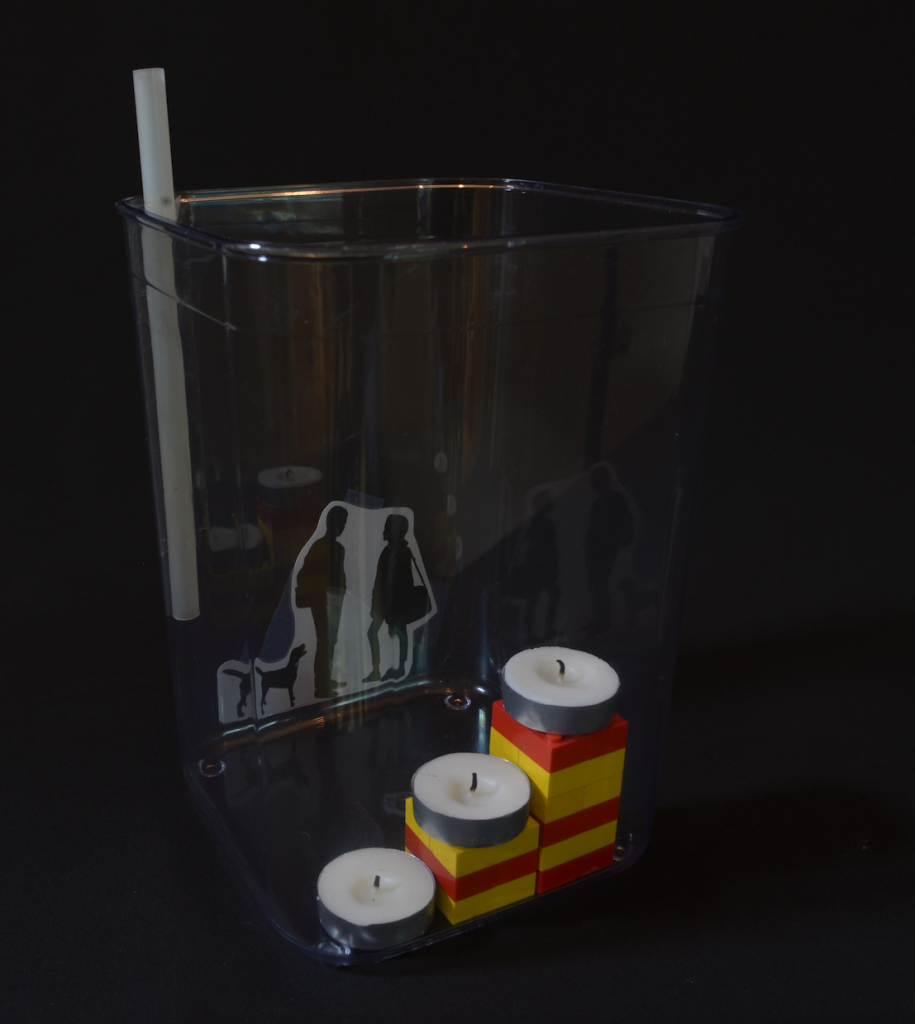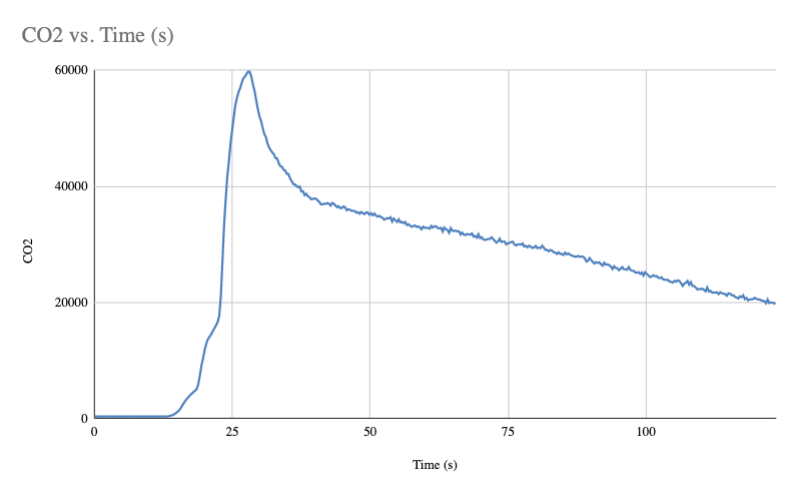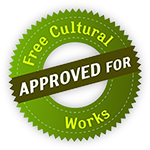You’ve mastered some great challenges in this module.
Great job! Now for a new kind of adventure, prepare to be challenged to demonstrate your new-found knowledge and skills. Good luck!
Experiment |
Grades:
Time:
Subject:
5-8
20-30 minutes
Chemistry
Get ready for the big show as we simulate our very own Cave of Dogs – fire, dangerous fumes, and thrilling science are about to all come together!
Welcome to the Cave of Dogs – your very own Science Mystery simulation! The Cave of Dogs, located near Naples, Italy was once on the Grand Tour as a tourist attraction over 300 years ago! Dogs and other small animals would pass out upon entering the cave, yet humans were fine. What was going on?
It turns out the cave is located in an active volcanic area and there is a “fumarole” – a volcanic vent that leaks gases, located in the cave. This provides a constant source of carbon dioxide (CO2) that fills the lower parts of the cave displacing oxygen. In this activity you will get to watch exactly what happens as oxygen is displaced in your very own Cave of Dogs. What do you predict will occur? Let’s explore further with databot™!

A fumarole is a volcanic vent that emits gases including CO2.

Understand and Recognize:
Materials to Build Your Cave of Dogs
Your Cave of Dogs can be any container large enough to hold the candles and databot™ A rectangular vase works well as it provides a lot of visibility of the effect. In the experiment video we are using a 4 quart storage container. You can try other types including a shoebox type plastic container that you might have available.
Carbon Dioxide (CO2): A colorless, odorless gas naturally present in the air you breathe and is absorbed by plants in photosynthesis. There would be no animal life or green plants without carbon dioxide. Green plants use energy from the sun plus carbon dioxide and water to produce carbohydrates and oxygen.
Weight: A measurement of the force of gravity applied to an object – it is calculated by multiplying an object’s mass by the acceleration of gravity. The weight of an object can vary depending on the gravitational field it is in.
Volume: The amount of space a substance takes up.
Density: An object’s mass in a given volume. For example, a 1 cm cube of gold is much denser than a 1 cm cube of balsa wood so the weight of the gold cube is much, much heavier.
Fumarole: An opening in the Earth’s crust through which volcanic fumes are emitted.
Ready for the Cave of Dogs simulation?!
Check the picture to the right for setting up your Cave of Dogs simulation.

Ready to begin! Let’s go!
Reflection: After performing the experiment and watching the candles and the data readings, explain in your own words why the Cave of Dogs is dangerous to small animals like dogs but less dangerous to people.
Ready to Challenge Yourself?
Data Analysis
Export your dataset from Phyphox and open the file in your favorite spreadsheets like Excel, Numbers, or Google Sheets. The “Time Stamp” is recorded in milliseconds (thousandths of a second) relative to your device system time.
Perform a calculation in your spreadsheet to convert your data to seconds relative to your experiment starting time and generate a chart showing CO2 levels versus time (t) in seconds. Math on!

Great job! Now for a new kind of adventure, prepare to be challenged to demonstrate your new-found knowledge and skills. Good luck!
Educator Info
Understand and Recognize:
The Grotta Del Cane (Dog Cave), Naples, Italy
Article, W.R. Halliday; Arrigo Cigna. January 2006
https://www.researchgate.net/publication/290890558_The_Grotta_Del_Cane_Dog_Cave_Naples_Italy
Cave of Dogs
Illinois Library, Rare Book and Manuscript Library
https://www.library.illinois.edu/rbx/2016/12/15/cave-of-the-dogs/
Carbon Dioxide
Wikipedia
https://en.wikipedia.org/wiki/Carbon_dioxide
Carbon Dioxide Stories
This document is highly recommended reading as it provides some great examples of how CO2 and its heavier-than-air quality creates unusual events and circumstances. Great talking points for classroom discussion.
https://www.scienceinschool.org/sites/default/files/teaserMaterial/issue20_CO2_stories.pdf
The Lake Nyos Disaster
One of the CO2 stories is about Lake Nyos in Africa in which over a thousand people and thousands of animals died from a CO2 eruption from the Lake. This is a tragic story but powerfully tells the story of CO2 and how its heavier-than-air nature can be deadly in large doses.
https://en.wikipedia.org/wiki/Lake_Nyos_disaster
This is a good Youtube video on Limnic Eruptions, what caused the Lake Nyos disaster.
https://www.youtube.com/watch?v=o8AonDeS8HY
Another example of conducting the Cave of Dogs experiment, based on the Lake Nyos disaster.
https://www.youtube.com/watch?v=1xuAS9Z1e_4
Fumarole Image by Monika P on Pixabay!
 The Cave of Dogs by Robert O. Grover & Team databot™ is licensed under a Creative Commons Attribution 4.0 International License. Permissions beyond the scope of this license may be available at databot.us.com/contact.
The Cave of Dogs by Robert O. Grover & Team databot™ is licensed under a Creative Commons Attribution 4.0 International License. Permissions beyond the scope of this license may be available at databot.us.com/contact.